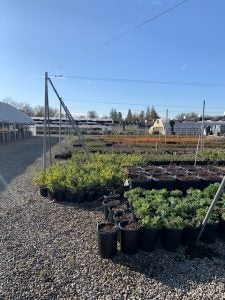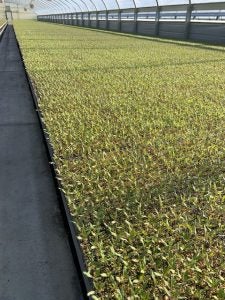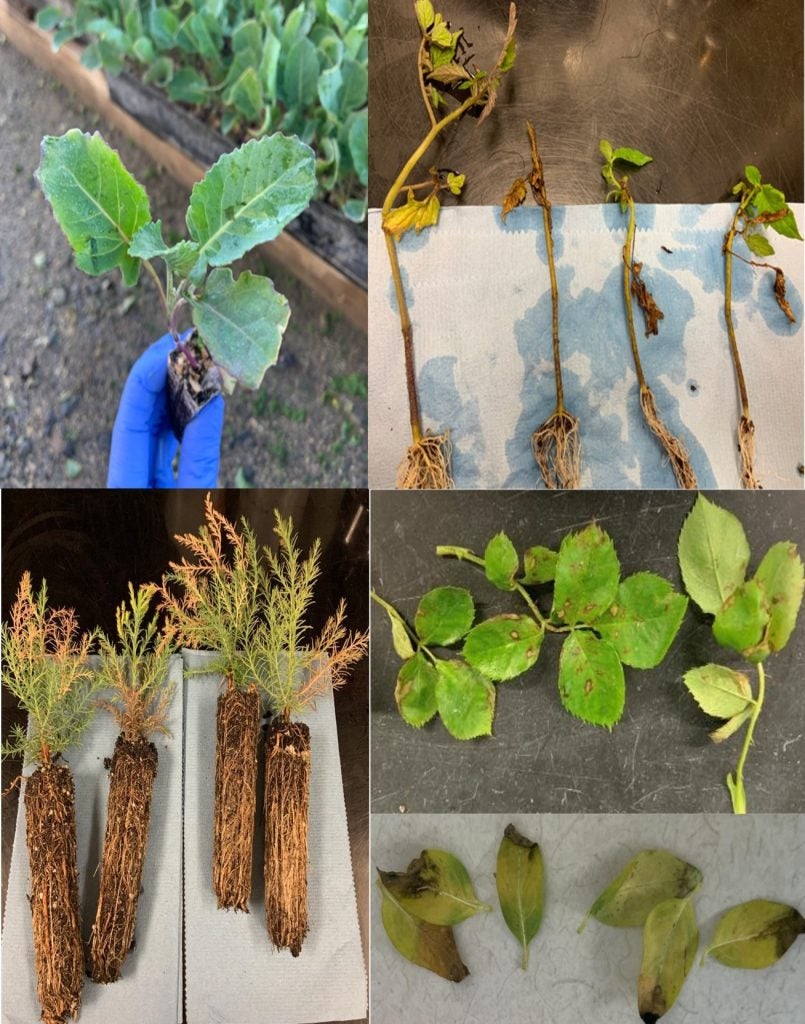
Detecting Phytophthora from California Restoration Nurseries
The most recent survey of Phytophthora species associated to restoration nurseries, conducted in 2014-16, showed that Phytophthora spp. were recurrent pathogens of native California plants that are grown for restoration purposes. In order to prevent the spread of this devastating pathogen to natural ecosystems via infected plants, we are evaluating Phytophthora detection methodologies that can be implemented by accreditation programs for native nurseries and regulatory entities. The overall goal of this project is to prevent introduction of oomycete pathogens to native forests, through preventative management and early detection of oomycete pathogens.
We are also validating molecular based assays (RPA) to implement a rapid and improved Phytophthora tool. For this we are collaborating with nationwide diagnostics agencies.
 Characterizing and assessing risk of emerging fungal and bacterial pathogens of vegetable transplants
Characterizing and assessing risk of emerging fungal and bacterial pathogens of vegetable transplants
In the last 20 years, vegetable crops like tomato and melon in California shifted from seed to seedling propagation. This change in cultural practice gave rise to vegetable nurseries exclusively dedicated to produce vegetable seedlings as propagation material for commercial fields. Despite being the main source of propagation, currently there is little knowledge of plant diseases associated with vegetable seedling production in nurseries, and it is unknown if some of the diseases present in the field come from nurseries. The objective of our study is to evaluate what are the critical points of transplant production that pose a greater risk of pathogen infection, by implementing a system based approach. Our ultimate goal is to contribute to the production of healthier vegetable seedlings that would have perform well in the field and strengthen a source of food security in the largest agricultural producing state of the US.
Results from two years of work in this project can be found here: Developing BMPs in Transplant production

Evaluating development of fungicide resistance on Botrytis populations associated to California traditional and emerging greenhouse and nursery crops
Botrytis blight, caused by Botrytis cinerea, is the most recurrent disease on both ornamental and vegetable transplant greenhouse crops in California, generating losses in these industries. We have recovered it from a wide host range of ornamentals including rose, geranium, lavender, vinca, Monterey pine and giant sequoia seedlings. From vegetable transplants, it was the most prevalent disease (61%), infecting processing tomato, lettuce, broccoli, and cabbage seedlings. For its management, growers mainly rely on a fungicide regime, but disease losses due to this pathogen are still prevalent suggesting development of pathogen fungicide resistant populations. In California, it is known that B.cinerea populations associated to grapes, strawberries and blueberries have developed fungicide resistance from two to seven different chemistries. In ornamental and vegetable transplant greenhouse crops in California, it is not known if Botrytis population are resistant to one or multiple fungicides commonly applied. We aim to characterize Botrytis populations from greenhouse grown crops in California, by determining their fungicide resistance profile, and evaluate if host or location have a correlation with fungicide resistance. To explore effective management strategies, we will evaluate the efficacy of biological controls and non-hazardous products combined with cultural practices for an improved Botrytis blight management.
Comments by Johanna Del Castillo Múnera